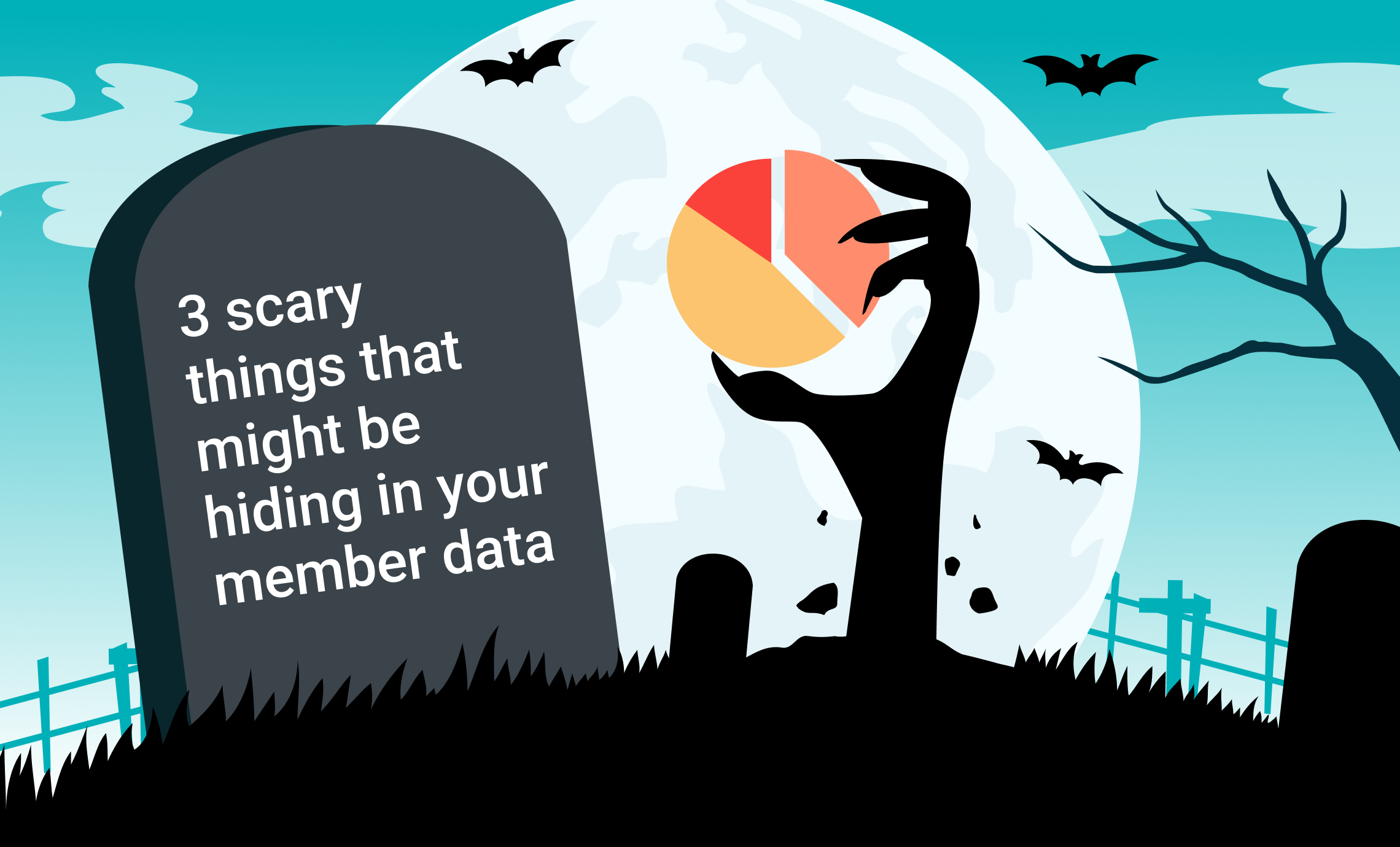For those associations in the process of selecting a new AMS, one of your top priorities is sure to be building a business case for new membership software. Your board will want to know why you need to make a change, what the impact to your members will be, and just how much does an AMS cost.
When you find it’s time to talk numbers, knowing the difference between return on investment (ROI) and total cost of ownership (TCO) and when to discuss them can keep your AMS selection conversation going in the right direction.
The following is an excerpt from the article “Building a Business Case for New Software,” just one part of our AMS Pricing Toolkit:
If you feel the board will want to talk numbers in the initial meeting, then ROI is what you’ll want to focus on. Think of the ROI as a justification for the investment and the TCO as what the bottom line cost will be. The ROI belongs in the first meeting, the TCO shines in the second.
“An ROI can be quantified in terms of operational inefficiencies inside the organization,” says John Walker, an independent IT consultant with COTIQU Consulting in Australia. For example, the return can manifest itself in solving operational shortcomings. Say you’re keeping member data in your finance system, your CRM, and in an online member directory. You can show the ROI of a new system by profiling these inefficiencies and proving the pain these cause on your members. Be specific and have the numbers to back up your case.
The ROI is, in effect, the pain you’re walking away from when you move to a new system. TCO, on the other hand, is a forecast of the opportunity you have with the new.
Arriving at the total cost of ownership is where you’ll spend the bulk of your time between meetings with the board. This shows the outcome of your selection process, where you define your requirements, determine the upfront investment, and outline the ongoing operational costs. There are several factors that go into determining the total cost of ownership, and it’s best to make sure, when comparing systems, you get to as close to a direct comparison as possible.
For the full article on creating a winning board proposal, along with what goes into pricing a new membship software system, download the AMS Pricing Tookit.


